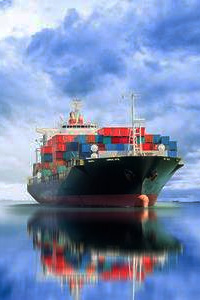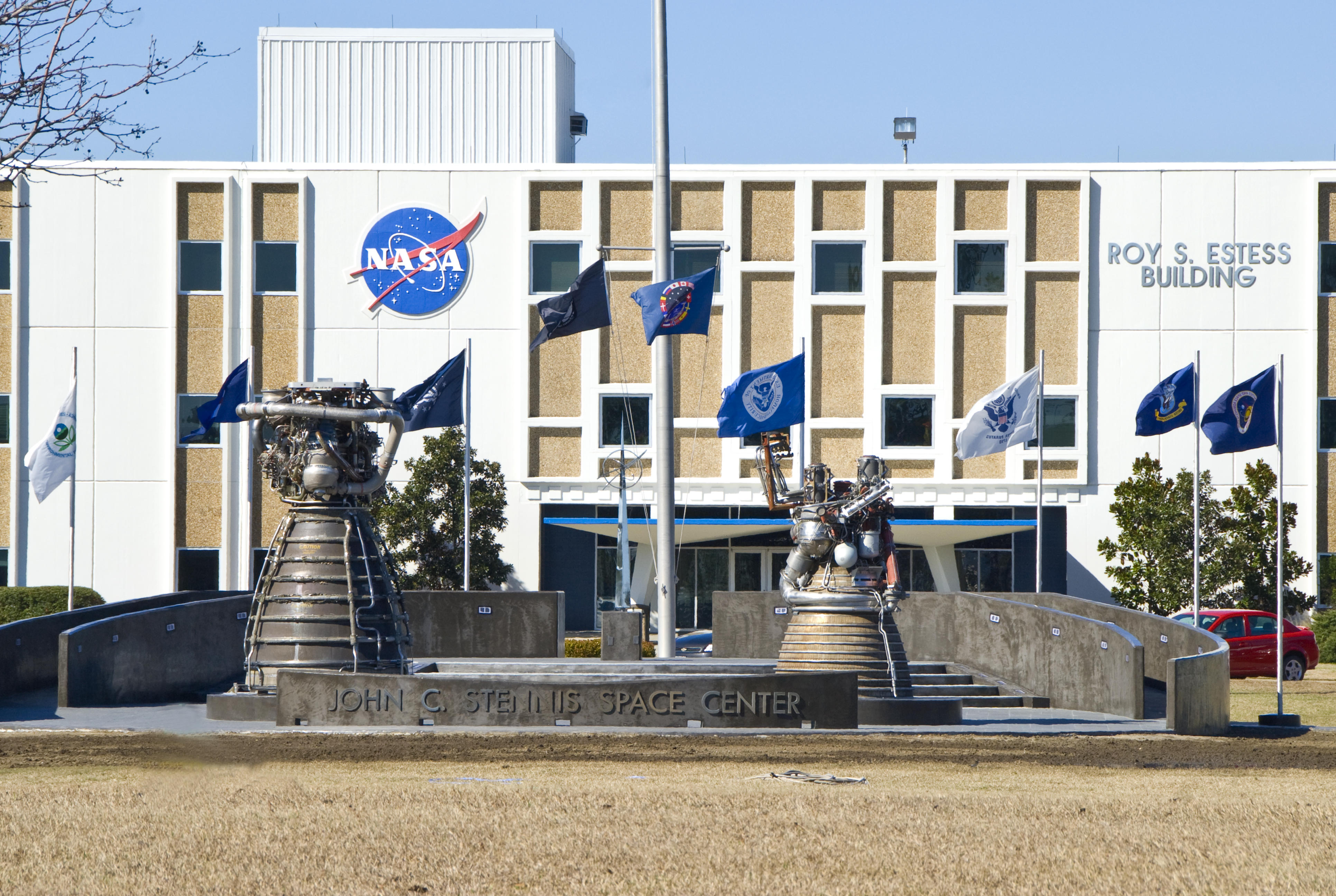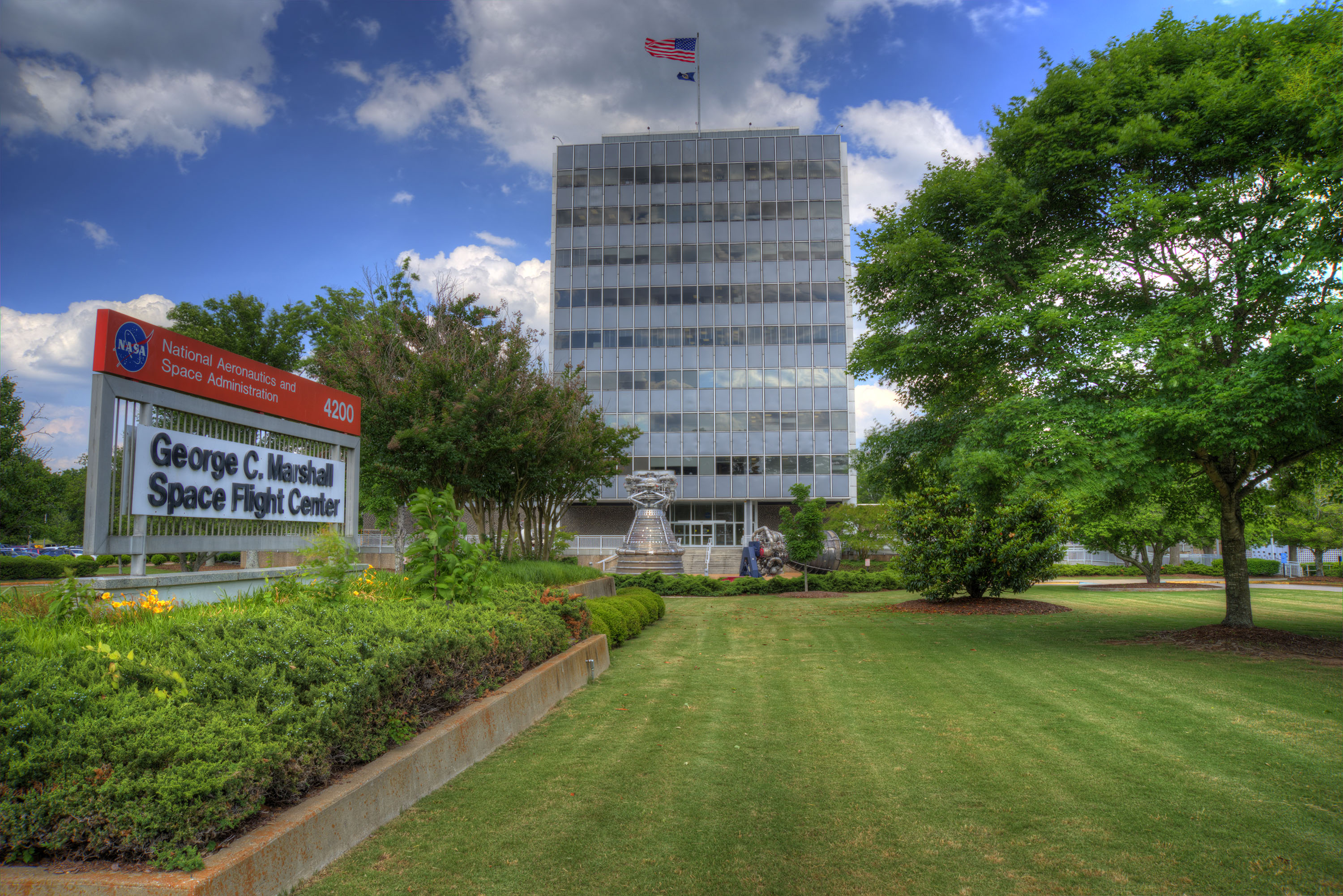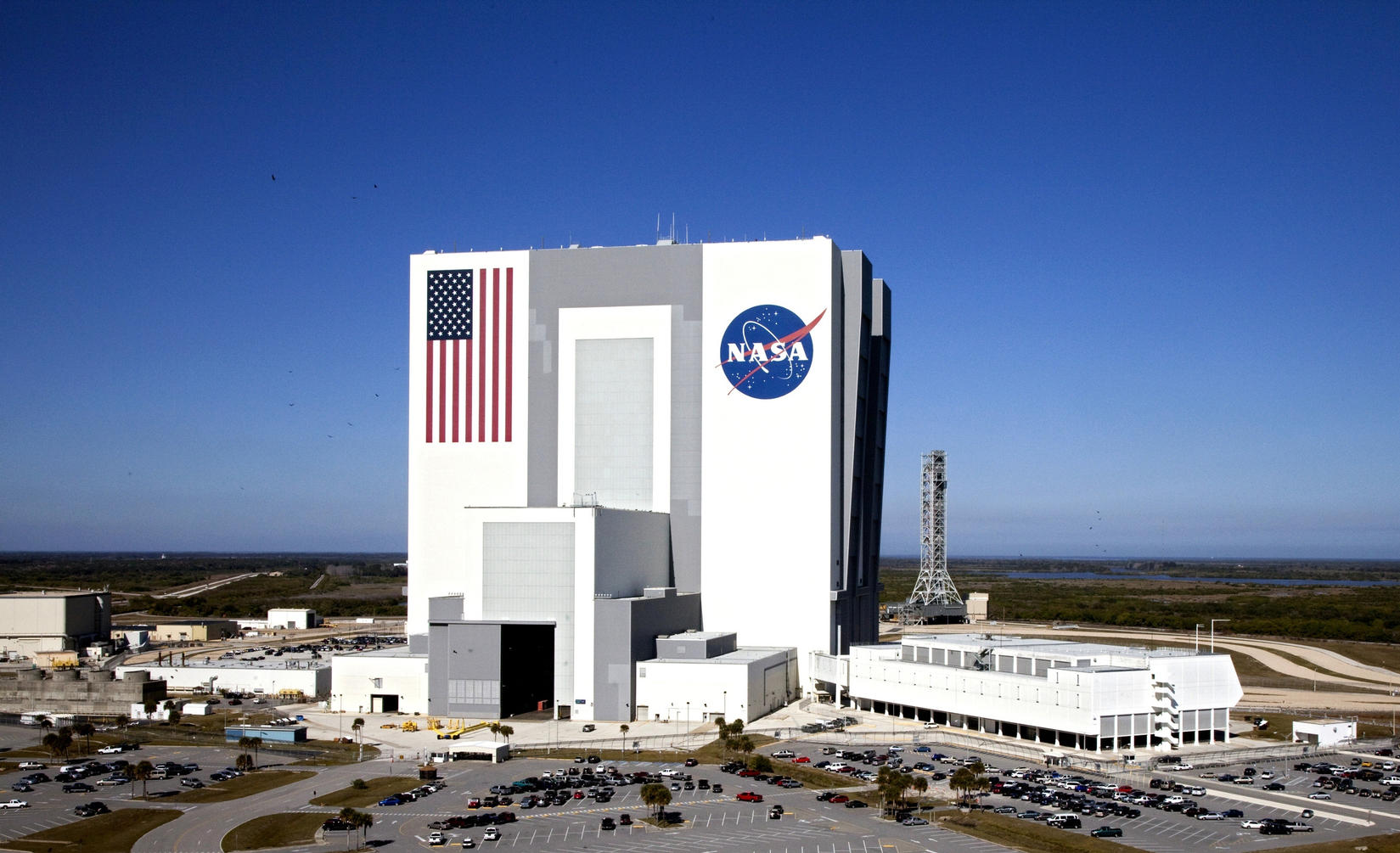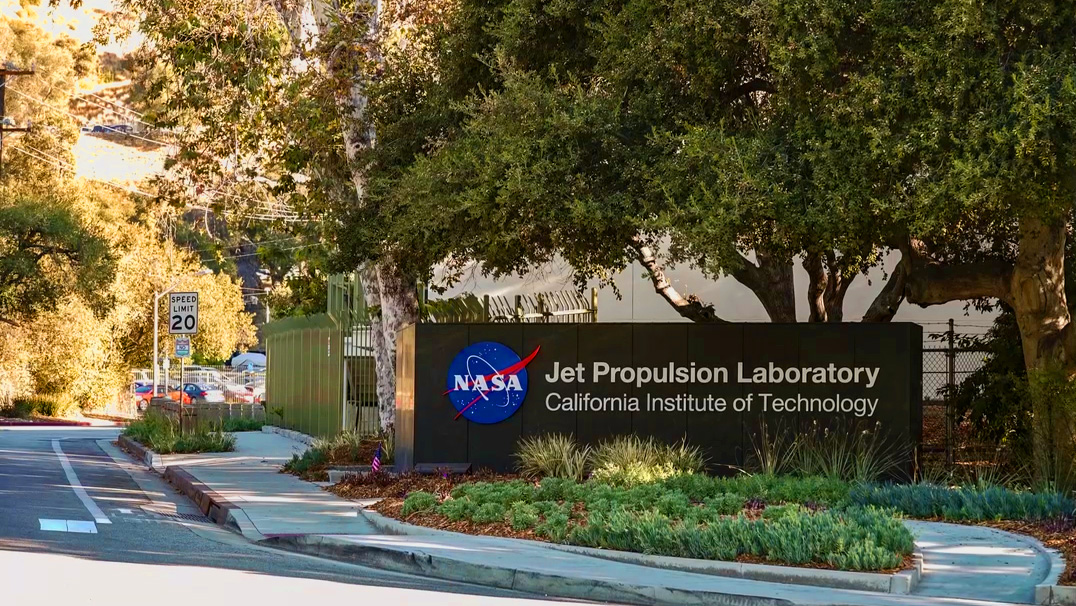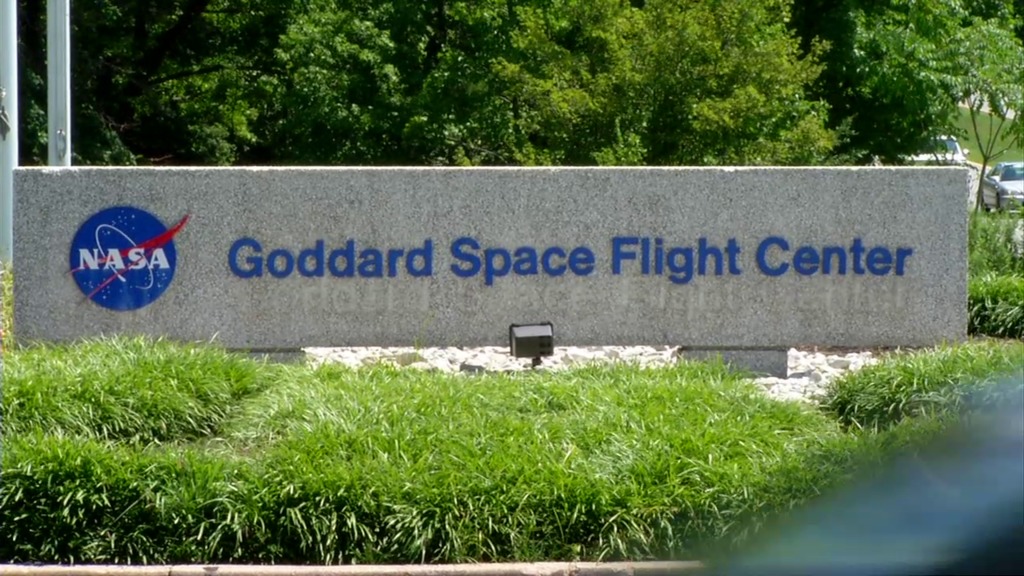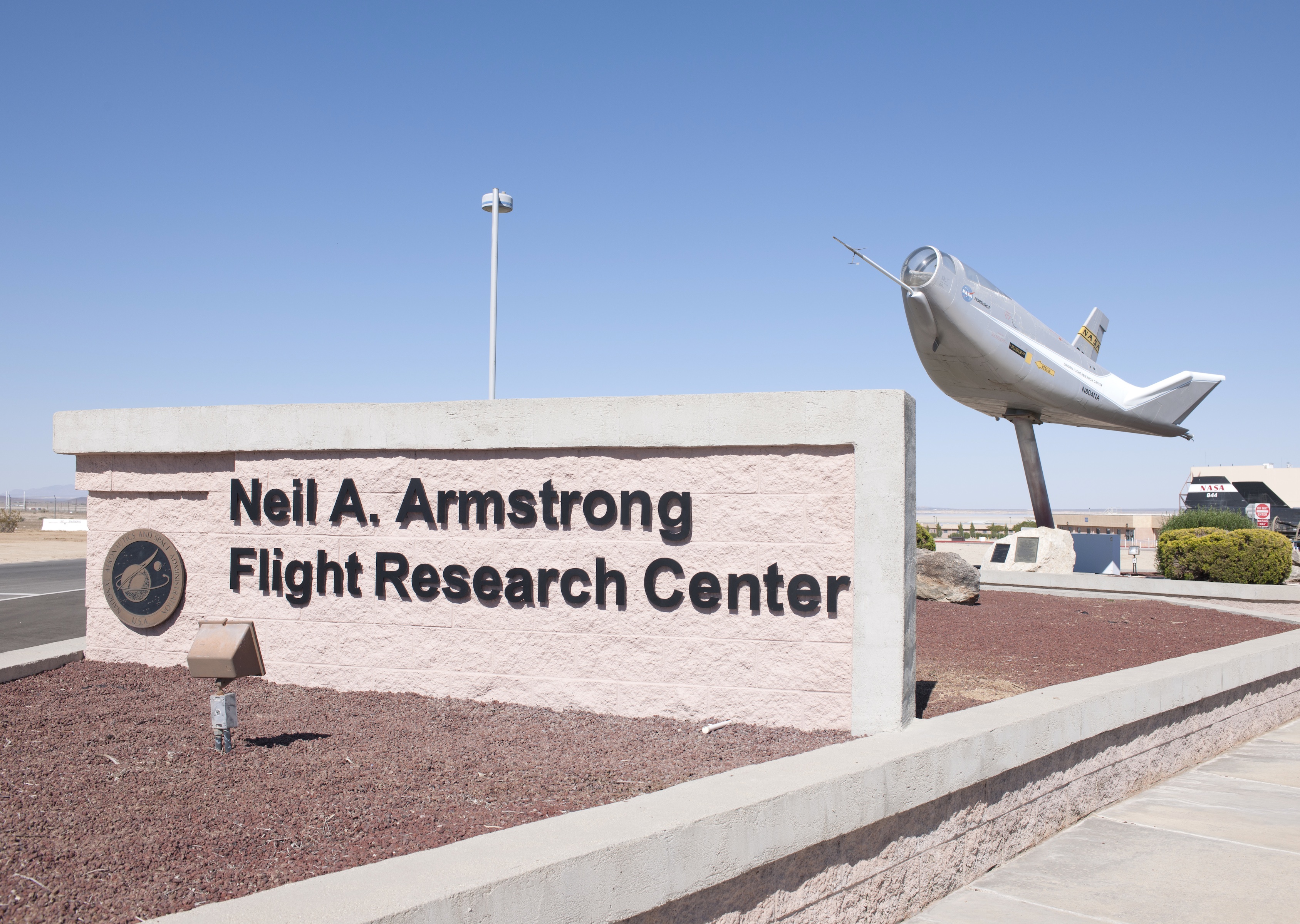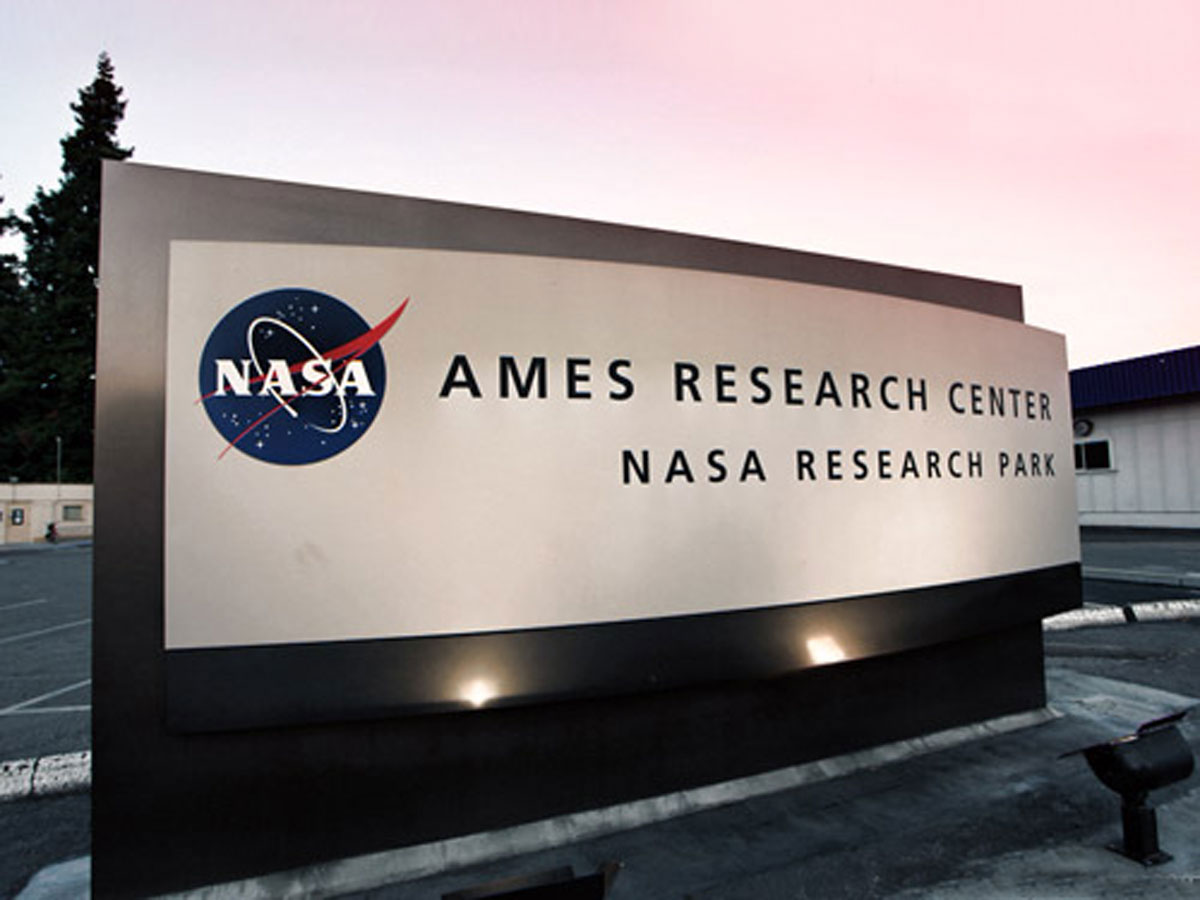NASA TECHNOLOGIES
The National Aeronautics and Space Administration (NASA) expenditures ripple throughout the economy, supporting critical
industries, creating new businesses and jobs. NASA invests in technologies and discoveries for the future, and in the process, it
delivers impressive social and economic impacts that benefit the nation and the world today. NASA activities generated more
than $64.3 billion in total economic output during fiscal year 2019, supported more than 312,000 jobs nationwide, and
generated an estimated $7 billion in federal, state, and local taxes throughout the United States.
NASA technologies provide an impact on lives beyond dollars and jobs. For example, engineers at NASA’s Jet Propulsion
Laboratory developed, in just 37 days, a ventilator specifically for coronavirus patients and, after securing an emergency use
authorization from the Food and Drug Administration, made the design available to select manufacturers at no cost. NASA also
spends hundreds of millions of dollars on developing emerging technologies, and billions advancing science and technologies
identified as key national priorities. About 80 percent of NASA activities are carried out by U.S. businesses and universities.
In fact, NASA technologies has made it easier to farm, more feasible to build cities, and more convenient to travel, among many
other things, effectively linking together all countries on earth, helping to create globalization, and making it easier for
companies to do business and economies to grow.
